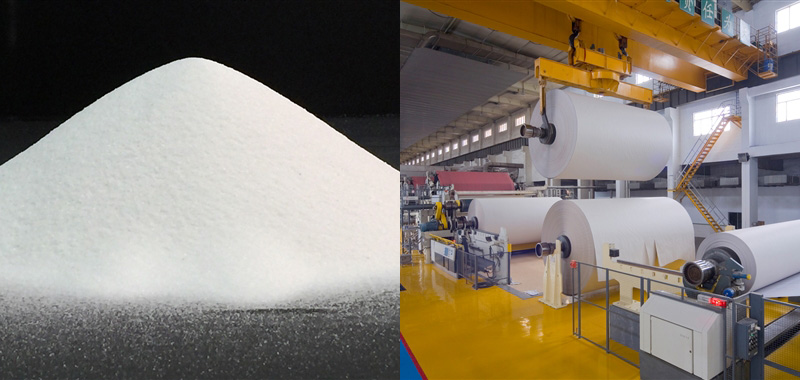Technical points of modification of compound calcium carbonate pigment in papermaking

The compound product of calcium carbonate for papermaking usually refers to the special product for papermaking which is mainly made of calcium carbonate component (>50%) and mixed with other synthetic or natural mineral powders in a certain proportion, including PCC and GCC mixed processed products.
In terms of processing technology and application technology, any natural or synthetic mineral powder and organic synthetic pigment with high whiteness, low processing cost, and no negative impact on paper production process and paper product quality, in principle It can be used as a raw material for calcium carbonate compound products.
At present, there are more than 20 kinds of modifiers commonly used for compounding calcium carbonate pigments in papermaking. The wrong choice will have a large negative effect on the application of the paper mill, or even unusable.
The modification of calcium carbonate and its compound products can be divided into dry modification and wet modification according to different processes. Wet modification is more suitable for calcium carbonate and its compounded slurry products. The modification of PCC can be carried out before the production process is not dried, and it can also be carried out simultaneously with the carbonization process. The modification with GCC can be carried out in the wet ultra-fine grinding process or in the storage tank of the slurry product, or in the ore blender.
Based on the easy solubility of calcium carbonate under weak alkaline and acidic papermaking conditions, weak acid salts or organic polymers are used to modify calcium carbonate and its compound products, aiming to solve the production operation under acidic sizing conditions in papermaking. Difficulty and single use of calcium carbonate is prone to “fiber alkaline blackening” effect in the paper containing mechanical pulp under alkaline conditions.
The correct choice of modifier should not only consider the affinity and miscibility of the activator with calcium carbonate and its matching pigment powder, but also consider the miscibility of the auxiliaries and other chemical auxiliaries added in pulp making, especially for coatings. Compatibility effect of the modified calcium product of the system with the sizing materials and auxiliary materials of commonly used coatings.
